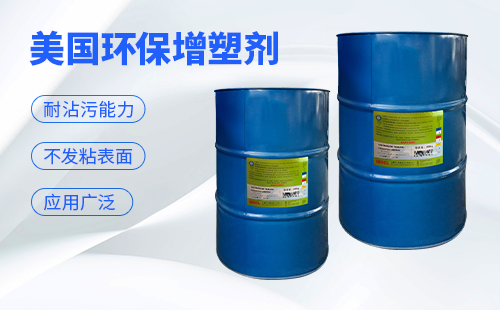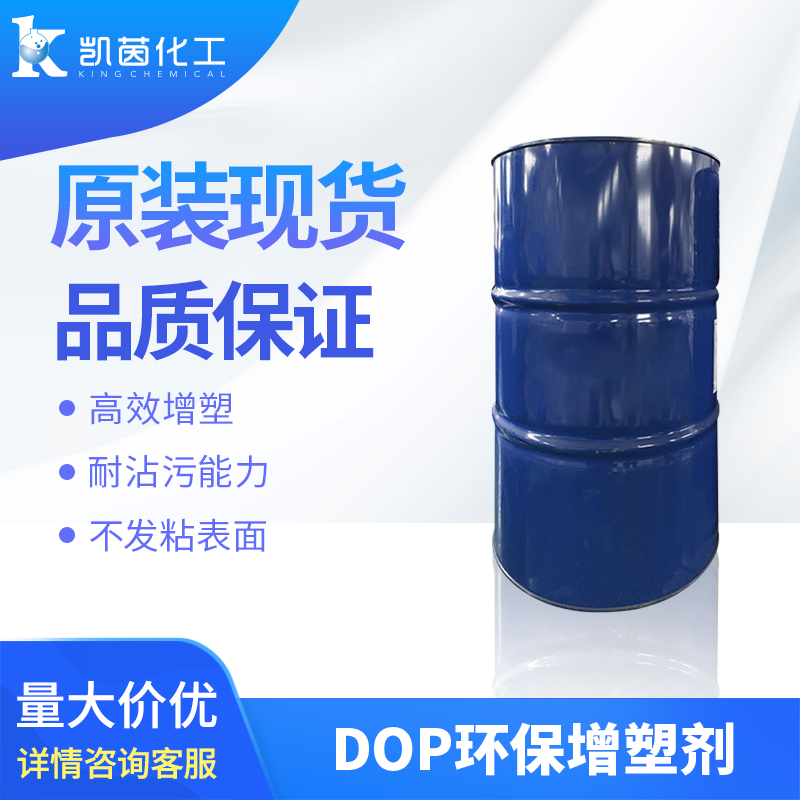” >Environmentally friendly plasticizer refers to the plasticizer that increases the plastic, improves the fluidity of the resin during molding, and makes the product flexible of organic matter. It is usually a high-boiling, difficult-to-volatile viscous liquid or a low-melting solid. It generally does not react chemically with plastics. So, what are the types and properties of environmentally friendly plasticizers? Does everyone understand? Let the editor explain it to you in detail below.
” >
” >1. Types of environmentally friendly plasticizers Environmentally friendly plasticizers are divided into main plasticizers, that is, solvent-based plasticizers, according to their functions; auxiliary plasticizers, that is, non- Solvent-based plasticizer; Catalyst-based plasticizer;
” >Pthalate esters are classified according to their chemical structure Classes, fatty acid esters, phosphate esters, polyesters, epoxy esters, chlorine-containing compounds, etc. Commonly used plasticizers include dibutyl phthalate, dioctyl phthalate, epoxidized soybean oil, tricresyl phosphate, triphenyl phosphate, dioctyl sebacate, chlorinated paraffin, etc. PVC is the main end user of these plasticizers. The main application areas of PVC with added plasticizers are wires, cables, floor and wall cladding, building materials, automobiles and packaging materials.
” >No matter what kind of environmentally friendly plasticizer it is, in actual use, its performance requirements are multifaceted, mainly: low volatility, non-migration, and electrostatic properties. Insulation, water resistance, acid and alkali resistance, oil resistance, heat resistance, light resistance, low temperature resistance, odorless, non-toxic, antibacterial, fuel resistance, etc., these are sufficient conditions for use as a plasticizer.
” >
” >2. Performance of environmentally friendly plasticizer
” >1. evaporate The difference between plasticizers and solvents is their volatility. Generally, solvents are highly volatile, so they cannot be used as plasticizers. Soft polyvinyl chloride will cause the product to lose its softness due to the volatilization and escape of the plasticizer. This is a common problem in actual use. Big question. The volatility of the plasticizer in soft polyvinyl chloride is related to the diffusion rate of the plasticizer from the inside of the product to the surface and the effective vapor pressure of the plasticizer on the surface of the product. Under normal conditions, the function of the latter is Mainly. By comparing the temperature calculated from the individual vapor pressure of the plasticizer to 0.05μHg and the heat-resistant temperature calculated from the aging properties of the product, it can be clearly seen that the volatility and increase of the plasticizer are It is closely related to the heat resistance and light resistance of the plasticizer. From the allowable operating temperature calculated from the vapor pressure of 0.05μHg of the plasticizer, it can be seen that dioctyl phthalate can be used continuously at 68°C, while n-octyl-n-decyl phthalate has the same Diisodecyl phthalate can be used continuously at 80°C and 92°C respectively. Tests show that the volatility of phenyl petroleum sulfonate is better than dioctyl phthalate.
2 , Migration For substances in contact with soft polyvinyl chloride, plasticizer migration will occur, which is also important in actual use. Both migration and volatility include the process of plasticizer diffusion from the inside of PVC products to the surface. Volatility refers to the evaporation of plasticizer from the surface, and mobility refers to the diffusion of plasticizer to the contact layer. Therefore, migration is composed of two processes: diffusion of plasticizer inside the product and diffusion in the contact layer.
3 , Oil resistance in oil, plasticizer extraction is related to the solvation ability of the plasticizer to the resin and oil resistance, usually the diffusion of the plasticizer The speed difference is not significant, so oil resistance depends primarily on the plasticizer’s ability to solvate the resin. Generally speaking, plasticizers with small interaction constants between plasticizers and resins, that is, plasticizers with strong solvating ability for resins, have good oil resistance. On the contrary, plasticizers with poor oil resistance.
4. Electrical insulation The electrical insulation of soft polyvinyl chloride plastic depends largely on the type of plasticizer , properties and dosage. For highly polar plasticizers, because the polymer main chain can be fixed in a polarized position, it has high electrical insulation. Therefore, chlorinated paraffin, phthalate ester, petroleum phenyl sulfonate and phosphate ester have better electrical insulation properties.
” >Plasticizers with high electrical insulation requirements The content of ionic impurities in plasticizers should be minimized. Catalysts for esterification reactions, for example, are often detrimental to electrical properties.



 微信扫一扫打赏
微信扫一扫打赏
